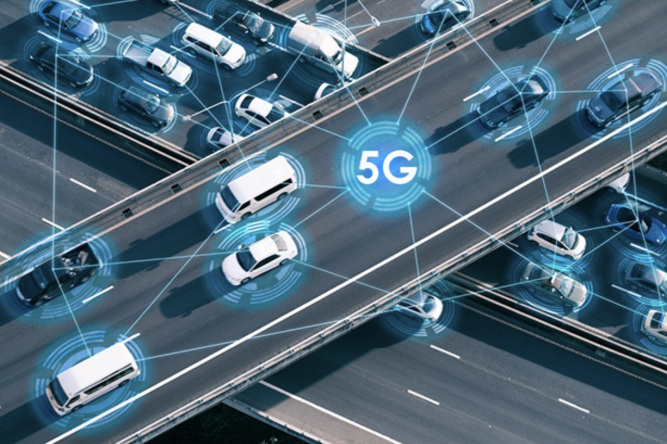
In the age of technological marvels, our world is inching ever closer to a future of driverless cars, promising safer and more efficient transportation. However, a recent incident in San Francisco has thrown light on a critical vulnerability that these autonomous vehicles face—reliable and seamless internet connectivity. Picture a bustling evening in San Francisco, a city renowned for its vibrant culture and technological innovation. As the sun set and the city’s streets filled with people, an unexpected twist occurred. The atmosphere was charged with excitement as a concert began, drawing a massive crowd. Little did anyone know that this electrifying event would lead to a traffic jam of unprecedented proportions, lasting approximately 15 minutes. The incident, involving about 10 Cruise cars, was caused by a connectivity glitch during a concert, which underscores the importance of robust networking solutions. In this blog post, we will delve into the setbacks caused by network congestion and explore the transformative benefits of bonding in mitigating these challenges.
An Unanticipated Traffic Hurdle
You may be able to deal with intermittent connection issues at home, but not when you’re trusting a vehicle with your life. Driverless car companies like Tesla, Cruise, Waymo, General Motors, and Pony.ai (among others) often rely on Internet connectivity to function. Some functions are built into the vehicle itself, but others are controlled remotely. This is where the Internet service is required and what ultimately led to the Cruise traffic jam.
In this high-stakes game of mobility, where driverless cars rely heavily on real-time data transmission and remote control, an interruption in internet connectivity can have cascading effects. The incident highlighted the urgency of finding a solution that safeguards against such disruptions.
Bonding: Unveiling the Solution
Enter bonding technology—a groundbreaking solution that addresses the challenges posed by network congestion and intermittent connectivity. Bonding technology, exemplified by Peplink’s SpeedFusion and Digi’s WAN Bonding, offers a transformative approach to connectivity for driverless cars and other critical applications.
- Seamless Failover and Load Balancing: Bonding technology combines multiple internet connections to create a single, robust connection. In the event of a network failure or congestion on one connection, the bonded connection seamlessly switches to an alternate, unaffected connection. This ensures uninterrupted connectivity, minimizing downtime and disruption.
- Uptime and Combined Bandwidth Speed: Unlike traditional failover and load balancing approaches, bonding technology offers continuous uptime and significantly enhanced combined bandwidth speeds. By aggregating the bandwidth of multiple connections, driverless cars can access faster data transmission rates, enabling quicker response times and smoother operations.
- Preventing Traffic Jams and Enhancing Safety: Bonding technology’s ability to maintain uninterrupted connectivity is crucial for autonomous vehicles. By avoiding network-induced standstills, traffic jams can be prevented, enhancing overall road safety and reducing congestion-related delays.
Peplink’s SpeedFusion and Digi’s WAN Bonding: Leading the Way
Peplink’s SpeedFusion and Digi’s WAN Bonding are the vanguards of bonding technology, offering cutting-edge solutions to connectivity challenges. Both technologies create a robust bonded connection that draws support from multiple internet connections. In the face of network disruptions, these solutions ensure that the bonded connection persists, guaranteeing uninterrupted communication and data transmission.
Looking to the Future
As the realm of technology expands, so do the challenges associated with it. The need for reliable, high-speed internet connectivity is paramount, especially for critical applications like driverless cars. Network congestion and intermittent connectivity can lead to disruptive and potentially dangerous situations. Bonding technology, exemplified by Peplink’s SpeedFusion and Digi’s WAN Bonding, presents a game-changing solution. By combining the strengths of multiple internet connections, bonding technology ensures seamless failover, load balancing, enhanced combined bandwidth speeds, and ultimately prevents network-induced traffic jams. As we continue to embrace innovation and automation, bonding technology emerges as a vital enabler, propelling us toward a safer and more connected future on the roads and everywhere.

